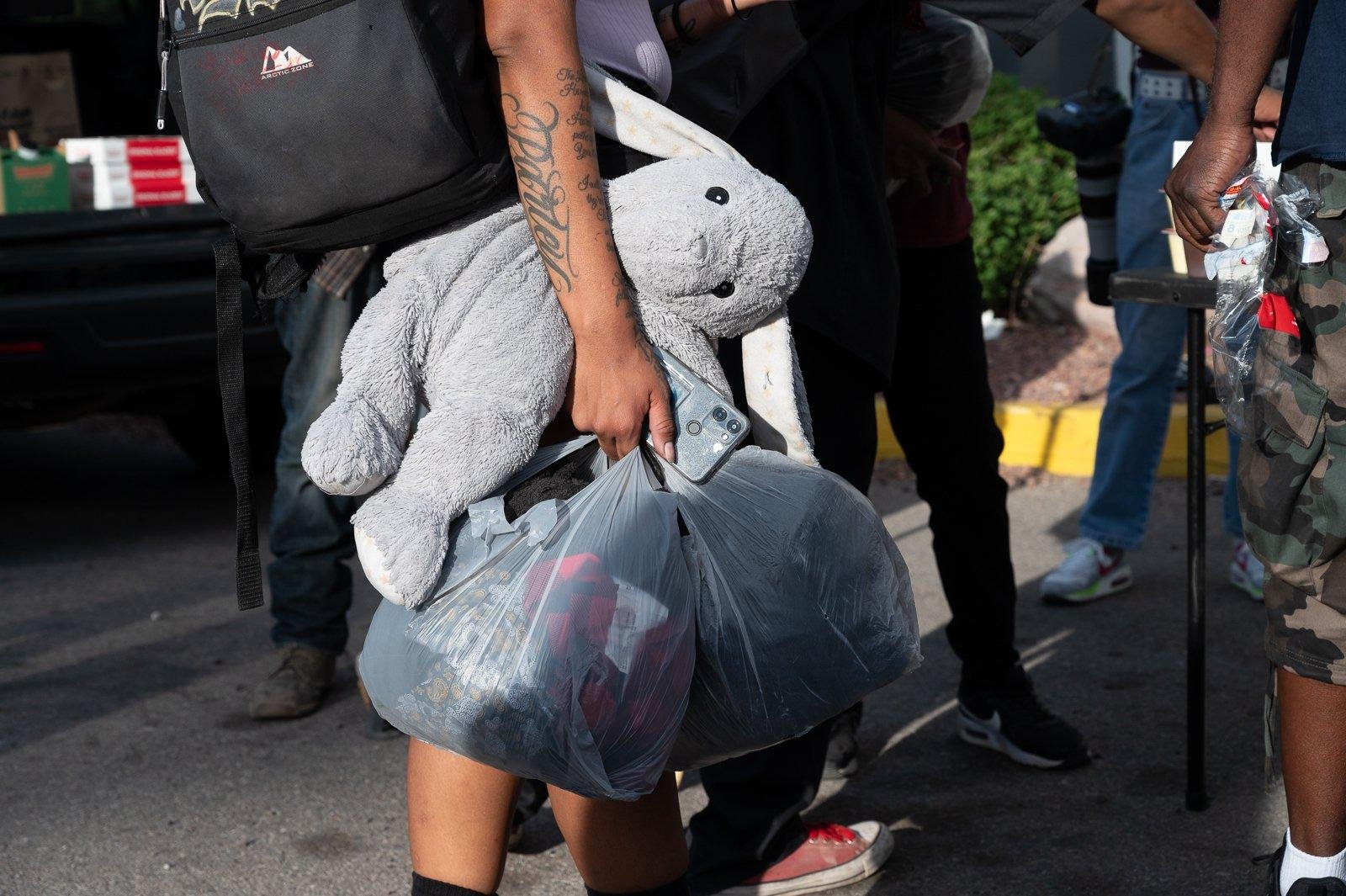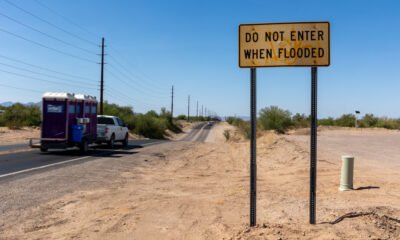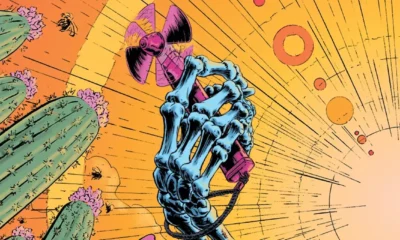crime
Deadly Roads: The Hidden Dangers of Fast Cars and Dark Highways

Bianca Quintana, a 31-year-old Albuquerque police officer and mother of two, was found dead on August 14 after a morning walk near her mother’s residence on South Coors Boulevard. Her body was discovered alongside her police-issued flashlight, which had been flashing in an effort to attract attention. Quintana’s family believes she may have been attempting to cross the highway when a hit-and-run driver struck her, an incident made more perilous by the absence of sidewalks and street lighting in the area.
The tragic event underscores a growing concern regarding pedestrian fatalities. While such deaths have declined on a national level, they remain higher than pre-pandemic figures. Particularly alarming is the fact that New Mexico now has the highest state rate of pedestrian deaths, at 6.1 per 100,000 residents as of 2023. This rate has escalated from 4.7 in 2019, although the state previously led the nation in pedestrian fatalities before the onset of the pandemic.
Nationwide, many counties with the highest fatality rates are concentrated in the South and West, particularly in low-income areas. For example, McKinley County in New Mexico recorded about 18 pedestrian deaths per 100,000 population, ranking third nationally. Often, these areas lack adequate infrastructure for pedestrians, leaving residents vulnerable as they navigate high-speed roadways.
Local officials are beginning to address the risks associated with these so-called “stroads,” areas designed for fast vehicle traffic yet lacking safe pedestrian pathways. Julian Padilla, a transportation planner in New Mexico, notes that pedestrians are often caught off guard by the speed of approaching vehicles, particularly in poorly lit conditions. Efforts are underway to enhance pedestrian safety through improved lighting, crosswalks with automatic signals, and reduced speed limits.
Recent reports reveal that even though pedestrian deaths dropped last year after three consecutive years of increases, the overall numbers remain 14% higher than in 2019. A disturbing trend shows that areas with significant poverty are usually where pedestrian fatalities are most prevalent. For instance, in the South Valley of Bernalillo County, where Quintana’s family resides, the poverty rate hovers around 21%. In Albuquerque’s International District, a neighborhood marked by neglect, the poverty rate spikes to nearly 60%.
Local leaders are now focusing on solutions to prevent tragedies like Quintana’s from happening again. Carl McGee, president of the Washington County Board of Supervisors, expressed his sorrow over the situation and mentioned upcoming meetings to develop strategies to improve safety on these high-risk roads. In Florida, counties with high poverty levels are implementing pedestrian safety improvement plans, including better-lit crosswalks and lowered speed limits.
Current initiatives in New Mexico include a $16.4 million project aimed at enhancing pedestrian safety along U.S. Route 491, which connects various communities across state lines. This initiative will boost visibility with added lighting and proper crosswalks, making routes safer for walkers. However, infrastructure disparities highlight that pedestrian safety is often secondary to vehicular traffic considerations, leaving many individuals vulnerable on poorly designed roadways.
Quintana’s family has taken to memorializing her with a roadside shrine, adhering to local traditions. This memorial features a metal cross adorned with a heartfelt inscription and items honoring her life, including flowers and a yellow softball emblazoned with her team number. Her sister, Maricruz Dominguez, reflects on the profound loss the family faces, emphasizing the hazard posed by open roadways, especially in terms of speed limits. Advocates for pedestrian safety continue to draw attention to the link between poverty and fatalities, urging immediate action to protect vulnerable communities.


















